You look out at the intent faces of your classmates, heads angled toward the board with furrowed brows as they furiously scribble down notes. All except one.
He sits in the back, in a row all to himself. He’s not taking notes; he hasn’t all semester, and it’s clear that nobody expects him to. What isn’t clear is the look in his eyes as he fidgets nervously with his sleeve cuffs. Or the reason why his backpack has sat firmly between his feet for the duration of class.
Everyone knows this student; you know this student. But only in passing glances when he dares to look up from his feet. Or the silences following his remark in class, the realization that he can speak bouncing between peeled eyes around the room.
He provokes questions, but only momentarily. When he’s out of sight, he’s out of mind. But in the brevity of an instant, a look shared across a sea of indistinct students, you think: How has someone fallen so far through the cracks?
But you don’t ask, and neither does anyone else; not a teacher, and certainly not a peer. And this lack of understanding, this lack of wanting to understand, bars the simple truth from coming to light: it’s easier than you think.
A trembling and barefoot 13-year-old Colt Gray was questioned by police after the FBI received tips about a Discord user whose handle, written in Russian, bore the name of Sandy Hook Elementary shooter Adam Lanza. The user threatened to open fire at a school and posted pictures of an AR-style rifle and a handgun. “im committing a mass shooting,” one message read. “i need ideas for where to shoot,” read another.
Local police confronted the barely-teenaged Gray, who the messages were traced back to, but he claimed he had never heard of Discord. “I gotta take you at your word,” stated police investigator Daniel Miller, conducting the interview without even having seen the most critical evidence.
If he had so much as glimpsed into the case file, he would have noticed that the picture posted of a gun was in fact Gray’s father’s assault rifle, and the photographed carpet and baseboards were a perfect match to those in Gray’s Georgia home.
Gray would go on to shoot four people dead and leave seven more injured at Apalachee High School a mere six months later, the youngest school shooter in American history.
But Gray’s fall from grace was not inevitable: the 14-year-old capable of killing his classmates and teachers that fateful September day was not the Colt Gray born to his parents but the product of what life had afforded him. Nearly every school shooter’s fatal flaw comes down to just that: a bad upbringing, untreated wounds, and nothing left to live for.
So it could happen to anyone. It could have happened to you. Really, it’s quite simple.
It starts in the home. Maybe it’s a father who reeks of alcohol, stumbling home at dawn each day, or the absence of parents at all; maybe it’s a home broken by poverty and sickness or a mother lost to addiction. Maybe it’s a daughter or son lost to mental turmoil alone, and unaddressed. But in each case, one thing remains constant: neglect.
For Gray, neglect and abuse took the place of love and trust in his utterly dysfunctional family. His mother, after serving jail time for a family violence offense, became addicted to methamphetamines and was accused of threatening to kill Gray while under the influence of the drug. His parents were altogether described as addicted to both drugs and alcohol, entirely absent, often cruel, and perpetually inattentive by family members.
In school, Gray was bullied to oblivion—unending remarks about his body odor and family life marked his early school years with bitterness, a resentment that only grew as his formative years raged on.
You see it in the way a classmate flinches when his elbow partner raises her hand too quickly, the bruises on his arms begging someone, anyone, to ask if he’s okay. But no one does. And so it continues.
Isolation is the next step. For this, there is no antagonist; everyone is complicit. It starts early. Sitting alone on the bus or hiding in the bathroom during recess becomes skipping class and avoiding confrontations with teachers. The slow drip of exclusion is so steady and quiet you don’t notice it’s happening.
He lives on the outskirts of his own life at home, lost between his parents’ festering bills and unopened report cards. At school, it’s no different: to his teachers, he is just another listless student, and to his counselors, a lost cause.
Gray missed his entire eighth grade year prior to the attack at Apalachee High, and isolated in his room, his thoughts and resentment were left to stew. His school made no plans to wrangle him back to the classroom—they had all reached a dead end with him, a self-imposed limit of concern. After all, what do you gain from trying to fix something so broken?
Slowly, your classmate disappears. You don’t question where he is when he’s gone, but know he isn’t idle.
When Gray sat alone in his bedroom during his lost eighth grade year, he was immersing himself in the history of school shooters, kindling a newfound obsession with his father’s rifle and envisioning the day he would finally use it.
That’s what comes next: the violence. With uncensored internet content just a search away, he becomes engrossed in bloodshed and the power derived from violence. First invisible and now desensitized, he has reached his final form, completely uninhibited.
Last is the easiest part: access. More than 80% of school shooters in American history used firearms stolen from a family member or neighbor. For those like Gray, a weapon is more readily accessible than someone to simply talk to–more accessible than support of any kind. If you want a weapon, you could find one. Anyone could, really.
So there you are, sitting in class and watching the clock. The kid in front of you scrolls on his phone, the teacher passes out homework. No one notices the fresh bruise on your classmate’s face. No one notices his bouncing leg, or his shaking hands. And no one notices as he reaches into his backpack and slips something under his sweatshirt before leaving for the restroom.
When the report hits the evening news, the names of victims scrolling across the bottom of the screen in front of the desolate school and crime scene, they’ll say they never saw it coming. They’ll say he was just a shy kid, that he gave no indication that anything was wrong. But they simply weren’t looking.
The U.S.’ relationship with firearms is a tragic paradox—guns represent freedom for the American people yet become tools of destruction when wielded by the broken and overlooked. But it’s the systemic failures—the neglect, the isolation, the untreated wounds—that breed violence in the first place, that compel a 14-year-old to murder his classmates and teachers in cold blood. And so, another name is added to the list of convicts we don’t understand…because we refuse to try.

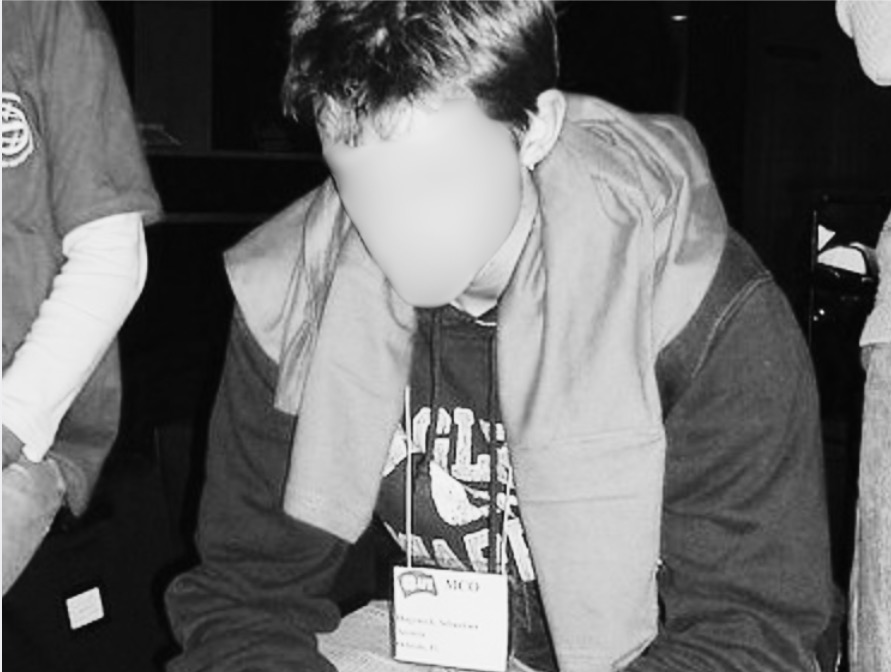






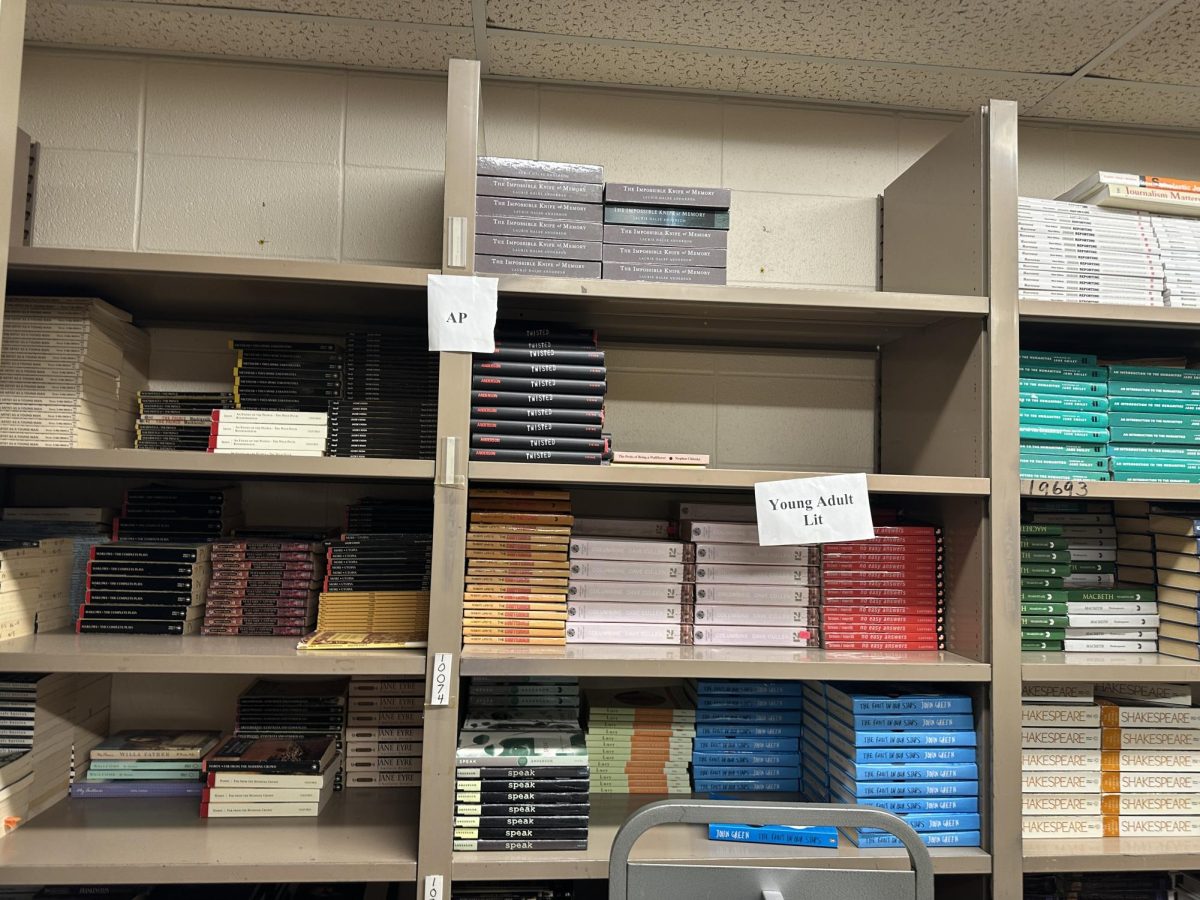
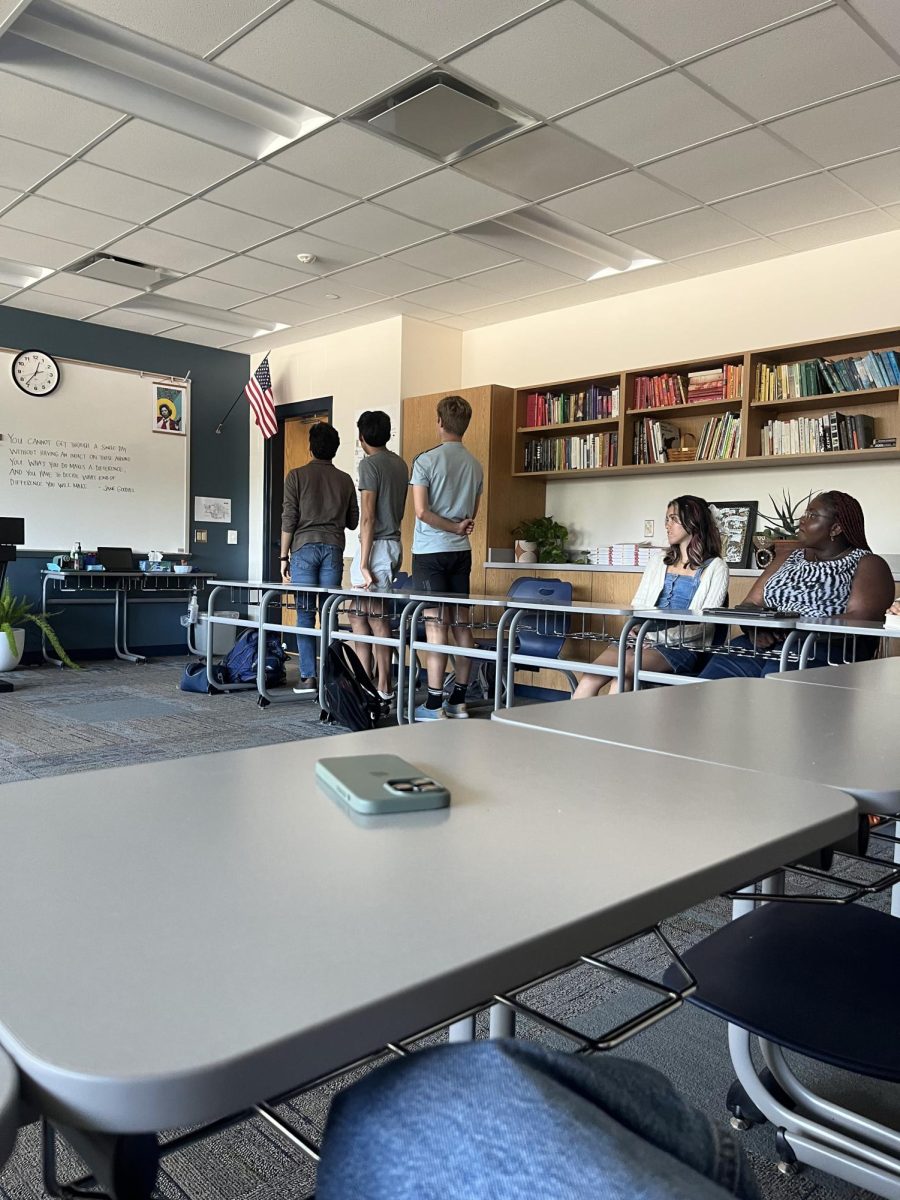
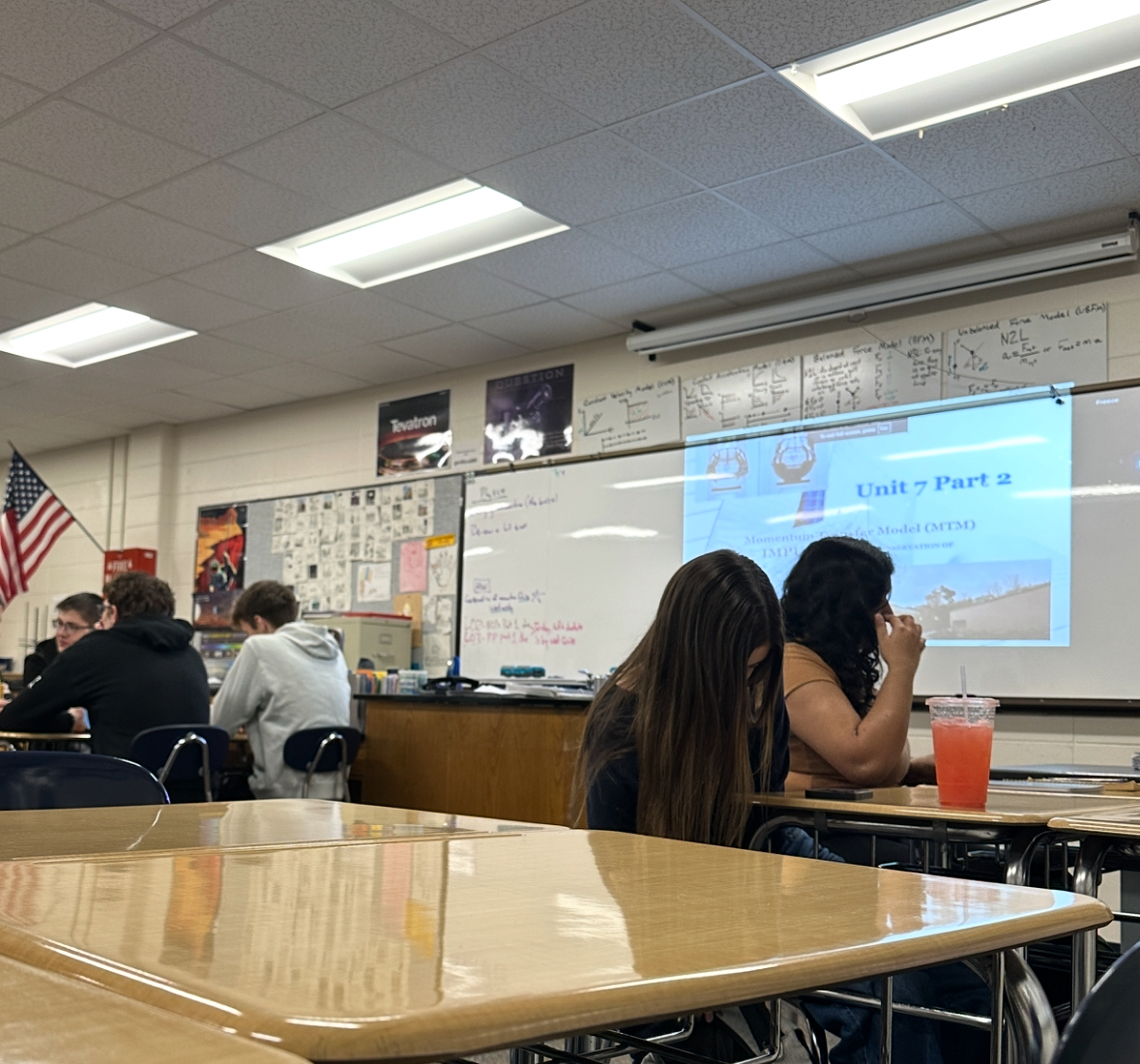
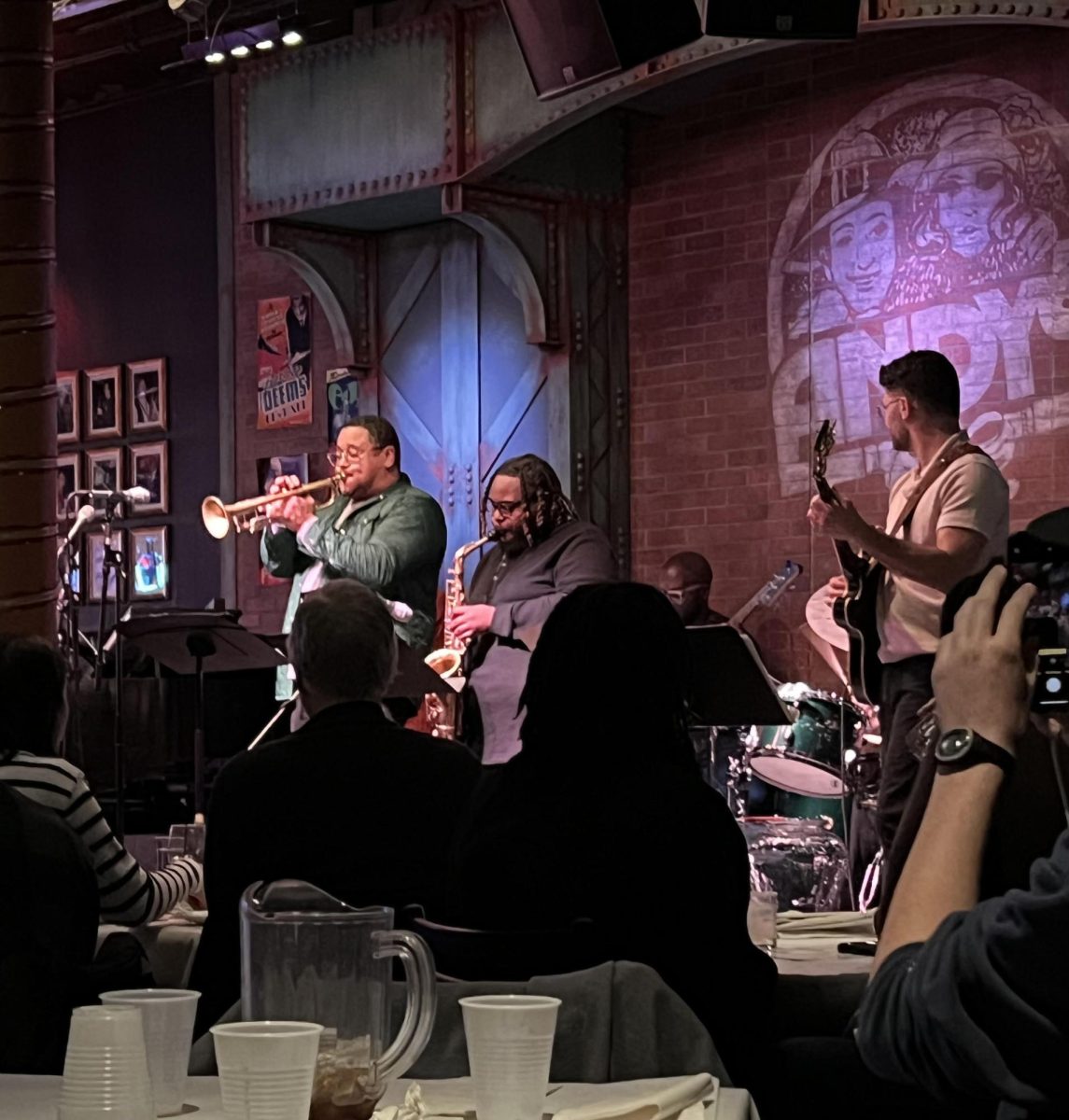
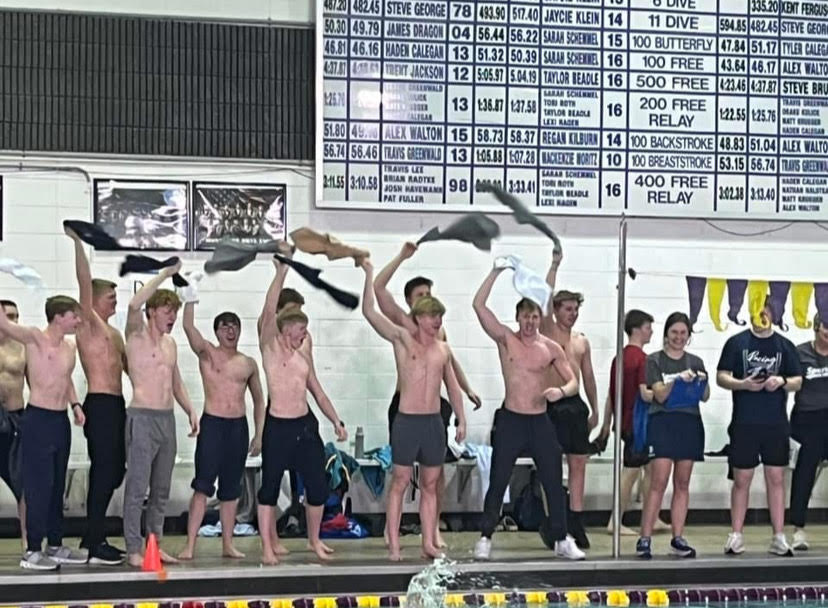
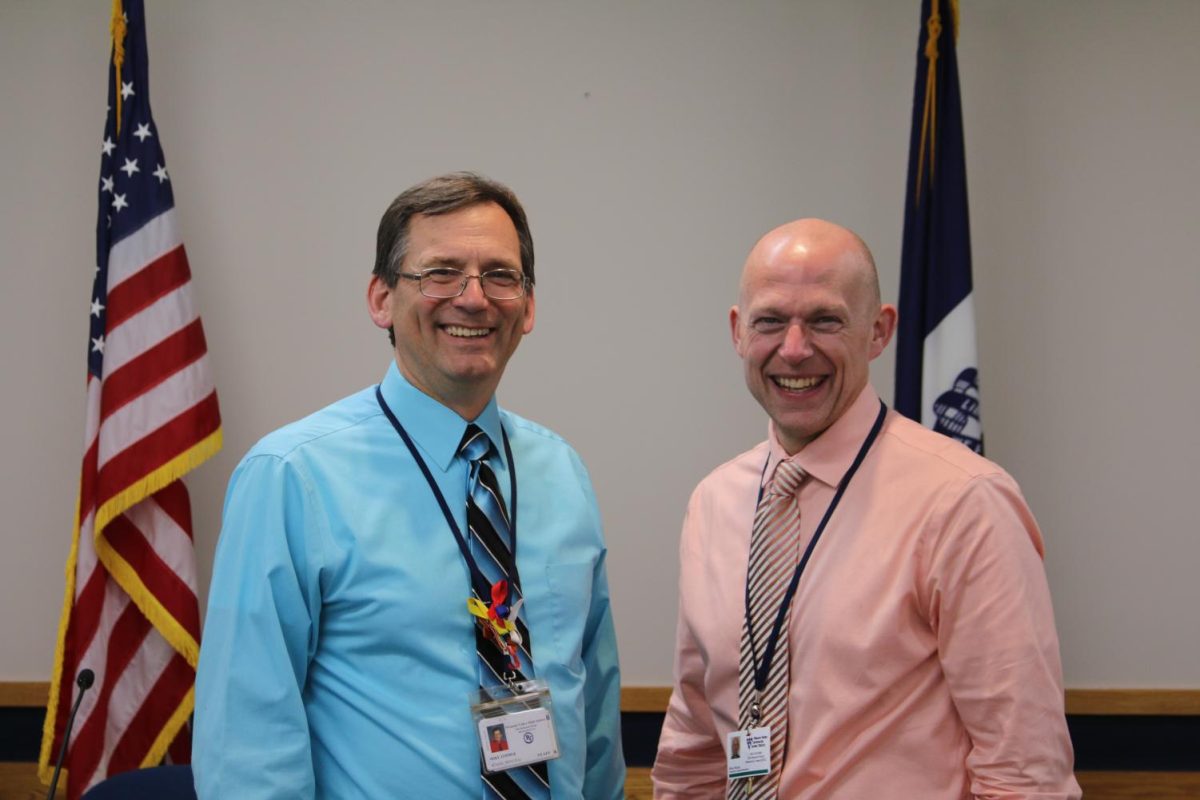
J. Molina • Nov 25, 2024 at 11:01 am
What an interesting introspection. Good work!
Porter Roach • Oct 13, 2024 at 8:49 pm
Crazy that we even have to deal with this is schools